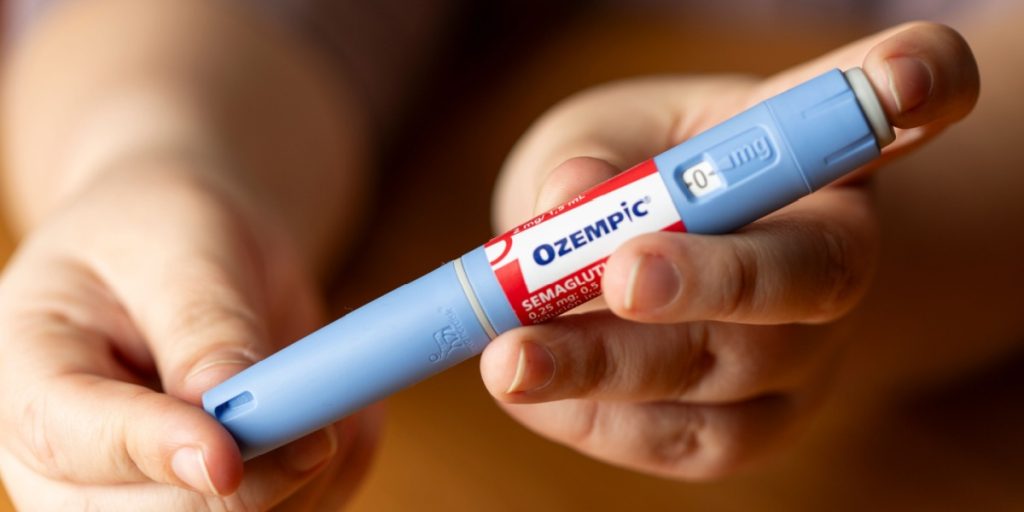Can food mimic Ozempic? New study says maybe.
Others are reading now
A growing body of research is examining whether certain everyday foods can influence appetite, metabolism and blood sugar in ways similar to GLP-1 medications such as Ozempic.
The drugs, widely used for diabetes and weight loss, have surged in popularity. Not without controversy.
A new study published in 2025 explores natural compounds that stimulate the same hormone targeted by GLP-1 drugs.
Emerging evidence
GLP-1 is released in the gut after eating and helps regulate hunger, glucose levels and the rate at which the stomach empties.
Researchers caution these foods are not replacements for medication, but early findings point to potential metabolic benefits.
Also read
Scientists highlighted five foods and ingredients that may boost GLP-1 activity or sensitivity based on recent studies.
Ginger
Researchers from Heliopolis University and Al-Azhar University found ginger and its active compound, gingerol, could help increase GLP-1 production.
Their study reported reduced hyperglycemia in diabetic mice, noting: “Ginger and its chemical constituent gingerol may induce GLP-1 production, which in turn has a hypoglycemic impact.”
Hyperglycemia is common among people with diabetes or prediabetes and can cause thirst, fatigue and blurred vision.
Cinnamon
Cinnamon has long been linked to blood sugar control.
Also read
Toxicology reports cited by researchers say it can “lower blood sugar and blood pressure levels” and may increase GLP-1 sensitivity or release.
Just three grams were shown to boost GLP-1 levels in healthy participants, though experts warn that excessive consumption can be toxic.
Berberine
Berberine, a compound found in several plants, has been dubbed by some as a “natural Ozempic.”
A 2022 review of 18 studies found supplementation reduced body weight, fasting glucose, BMI and LDL cholesterol.
It works by activating bitter taste receptors in the intestines, which increases GLP-1 and supports insulin production.
Also read
Wheat and green tea
Wheat protein hydrolysate, rich in amino acids and peptides, has been shown to release GLP-1 and help lower blood glucose in earlier studies.
Fermented green tea, including kombucha, may have similar effects thanks to EGCG, a compound known for antioxidant and anti-inflammatory properties.
A 2018 mouse study indicated that EGCG paired with caffeine can stimulate GLP-1 release.
While the findings are promising, researchers emphasize that more evidence is needed before drawing firm conclusions.
Sources: 2025 study; Toxicology reports; 2022 berberine review


